March 17, 2018
Richard King was a former steamboat captain who began purchasing land for a ranch in southern Texas in 1853. King Ranch is now over 825,000 acres and has had holdings in Kentucky, Pennsylvania, Mississippi, Florida, Argentina, Cuba, Brazil, Australia, Venezuela, Spain, and Morocco.
King died in 1885, but his wife and son-in-law managed the ranch together. Today the ranch is credited with having led some of the first cattle drives, developing the Santa Gertrudis and Santa Cruz breeds of cattle, breeding quality quarter horses, and producing champion Thoroughbreds including 1946 Triple Crown winner Assault.
The ranch is now a major agribusiness with interests in cattle ranching, farming (products include citrus, cotton, grain, sugarcane, and turfgrass), luxury retail goods, and recreational hunting. We toured the developed parts of the ranch with a guide who helped us understand the property’s history and then toured undeveloped areas with a guide who helped us spot wildlife.
King populated his initial herd with cattle from Mexico. He brought vaqueros back with him to work the herd and promised them housing on the ranch. This is a ranch hand’s home.
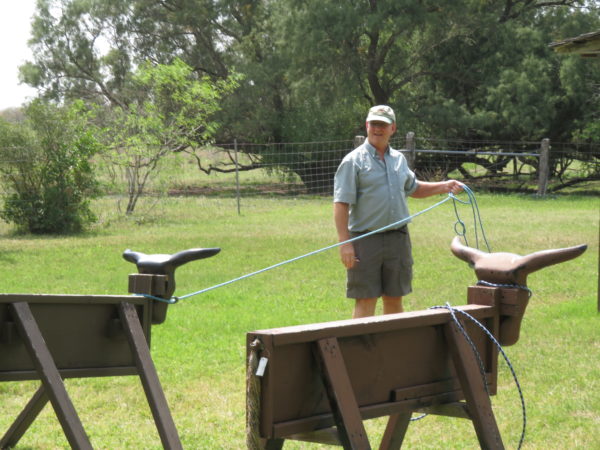
Dave roped this calf. Jane managed to get the lariat around one horn. Good thing these critters didn’t move fast.
Humble Oil Company has leased mineral rights from the ranch for many years. Its engineers developed these bump gates so their workers wouldn’t have to get out of their trucks to open and close gates.

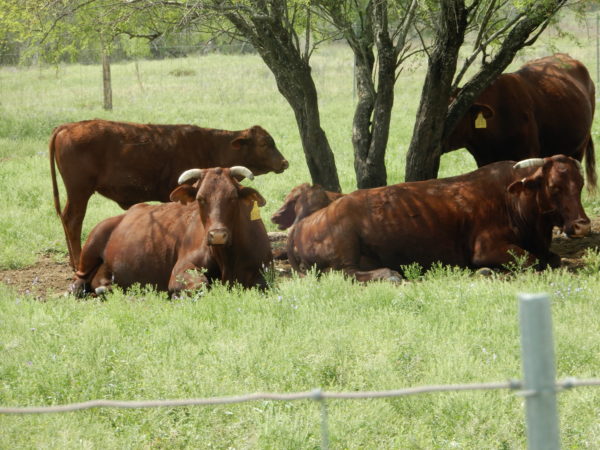

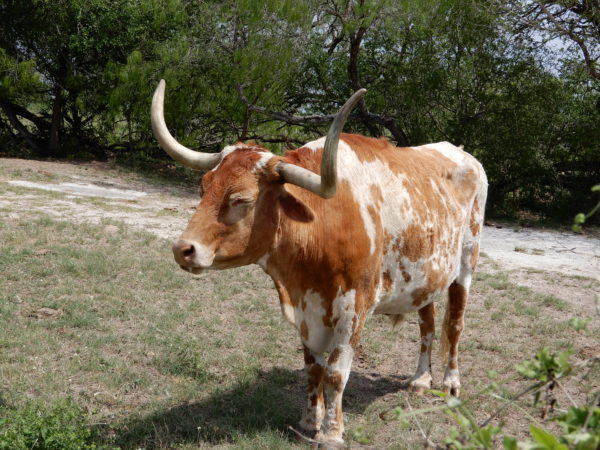
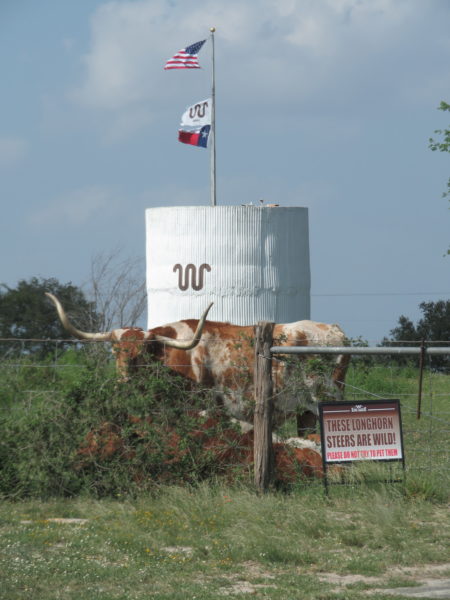
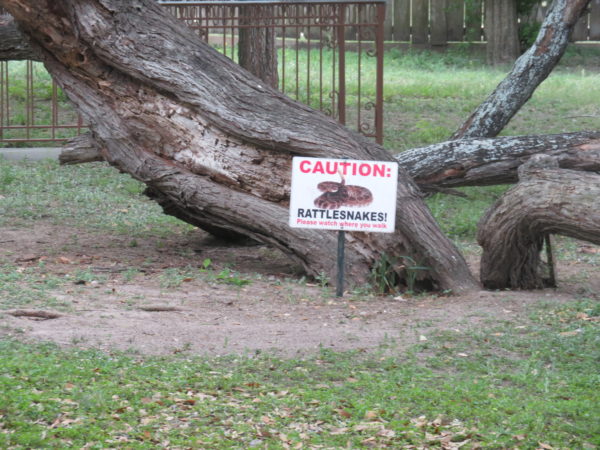
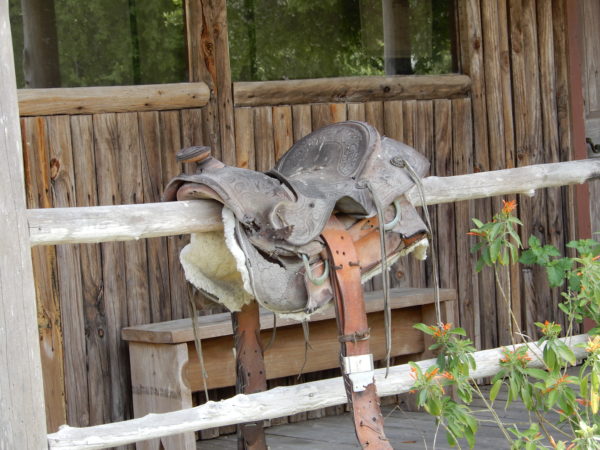
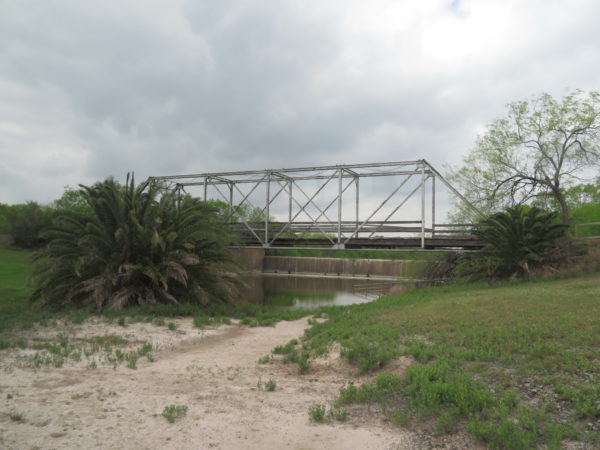
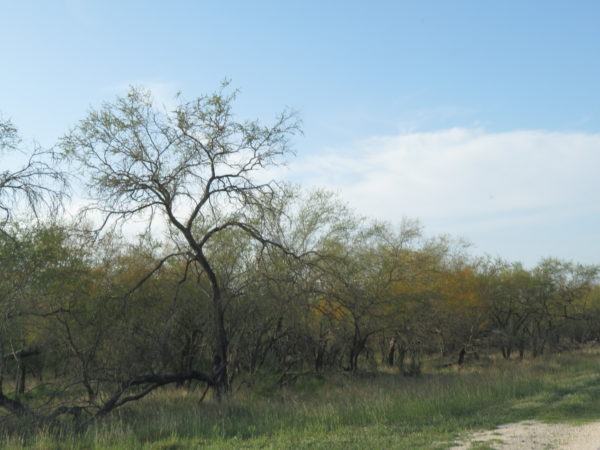
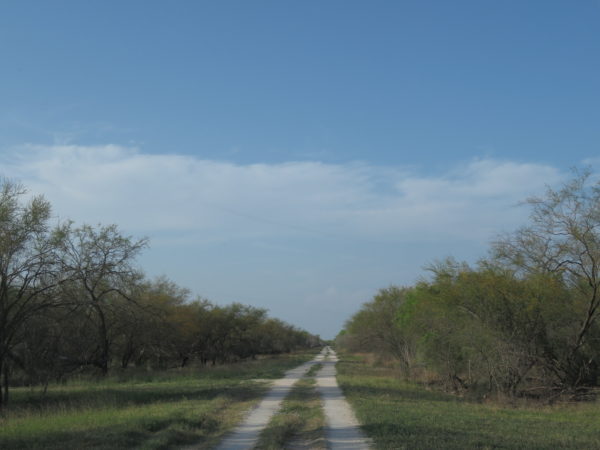
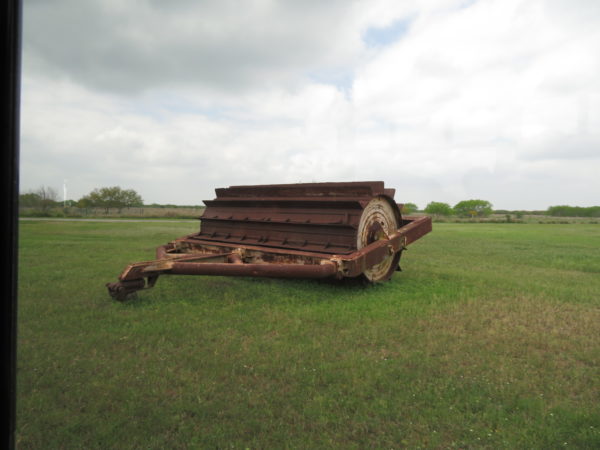

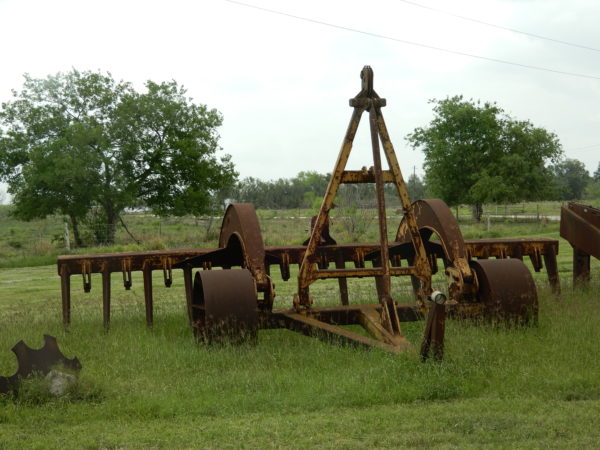

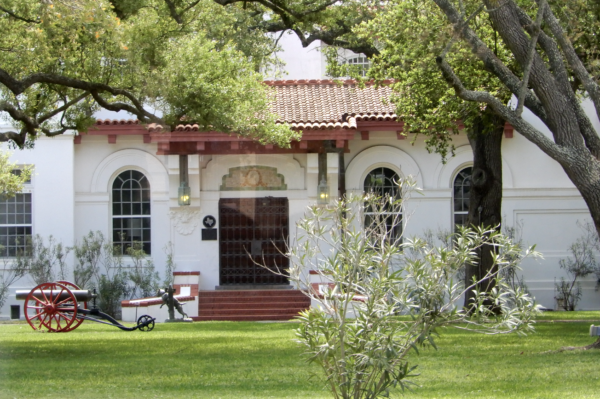
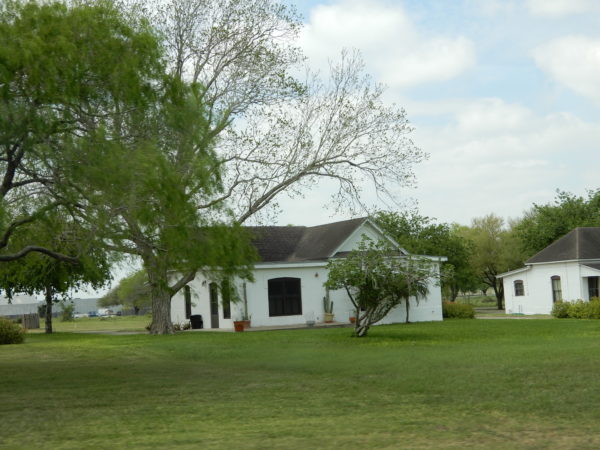
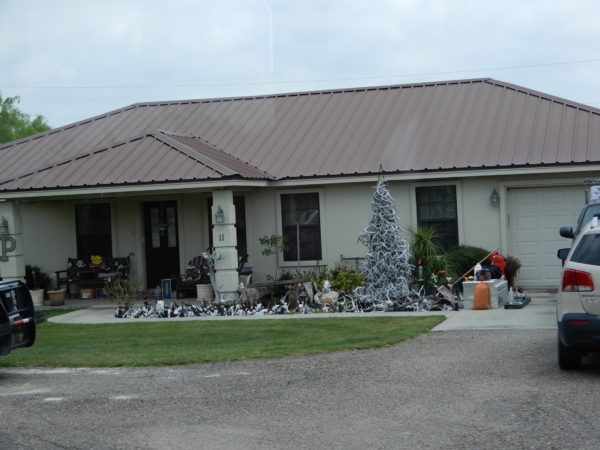

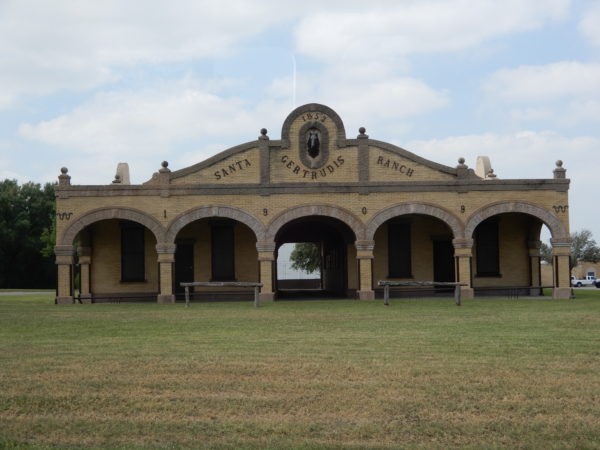
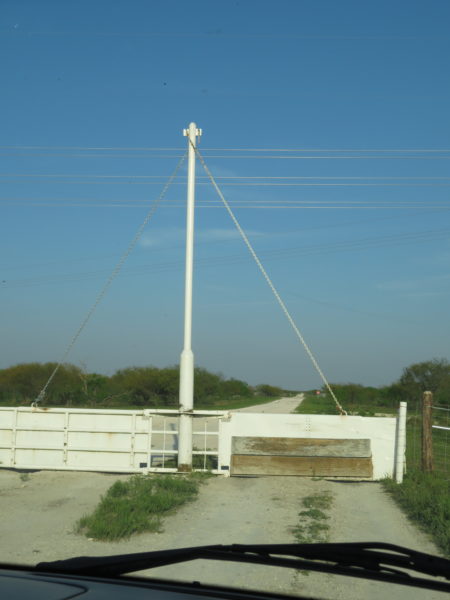
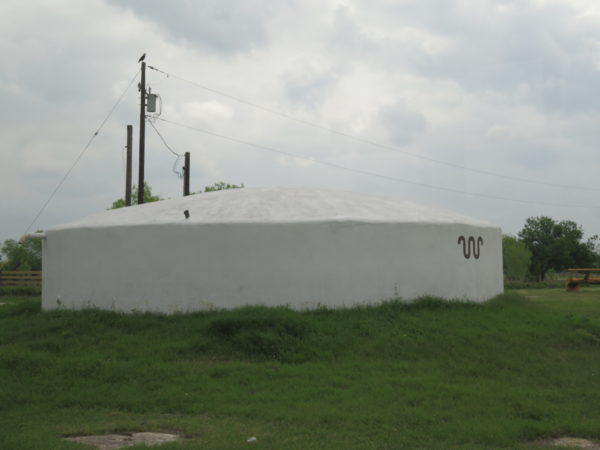
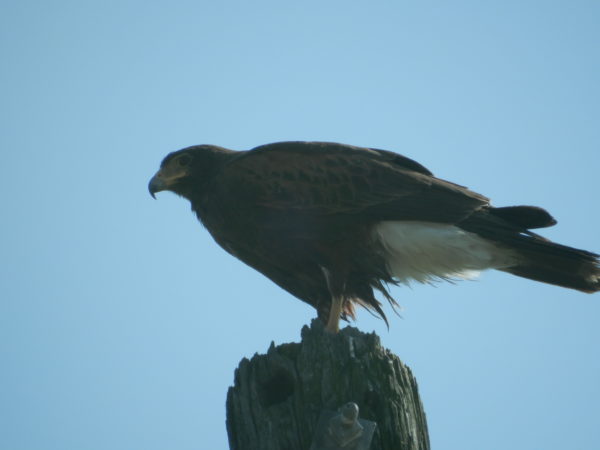

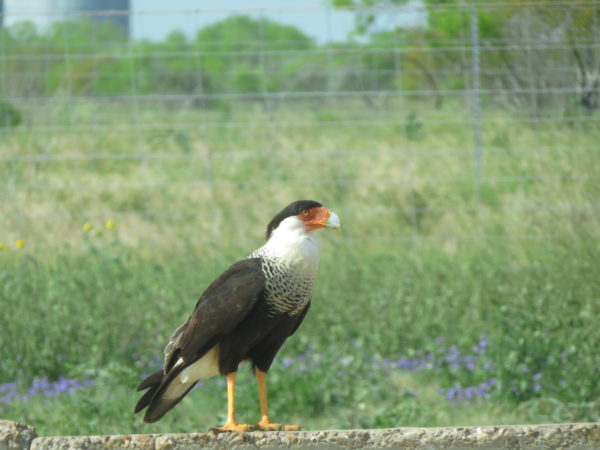
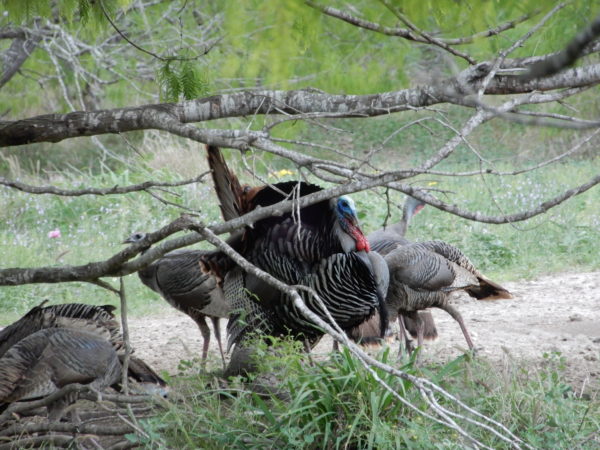
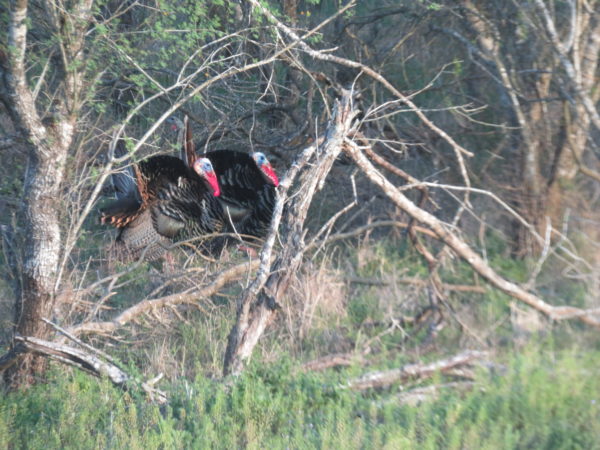
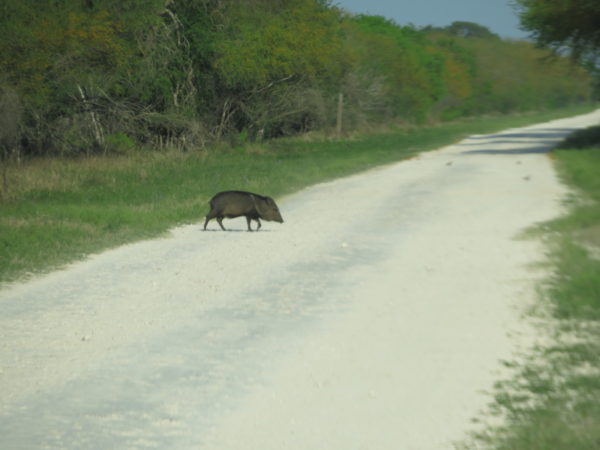
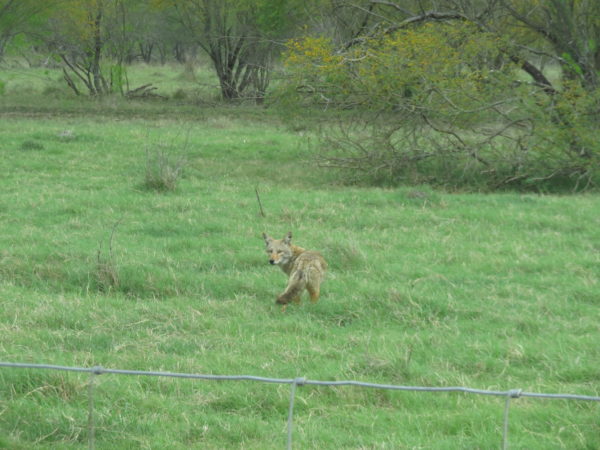
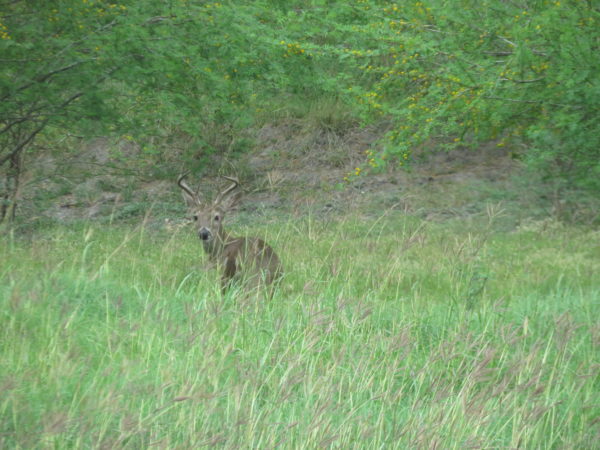
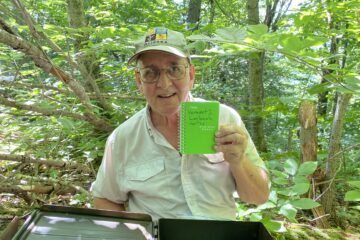
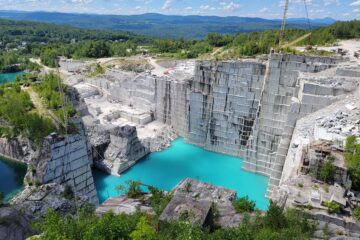
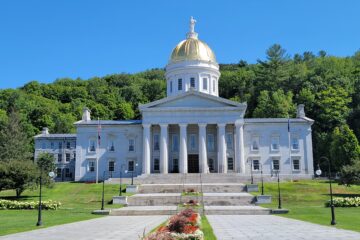
1 Comment
Susan · April 9, 2018 at 8:08 pm
I am jealous of all the wildlife you are seeing. I would have loved to see the house where the family still lived